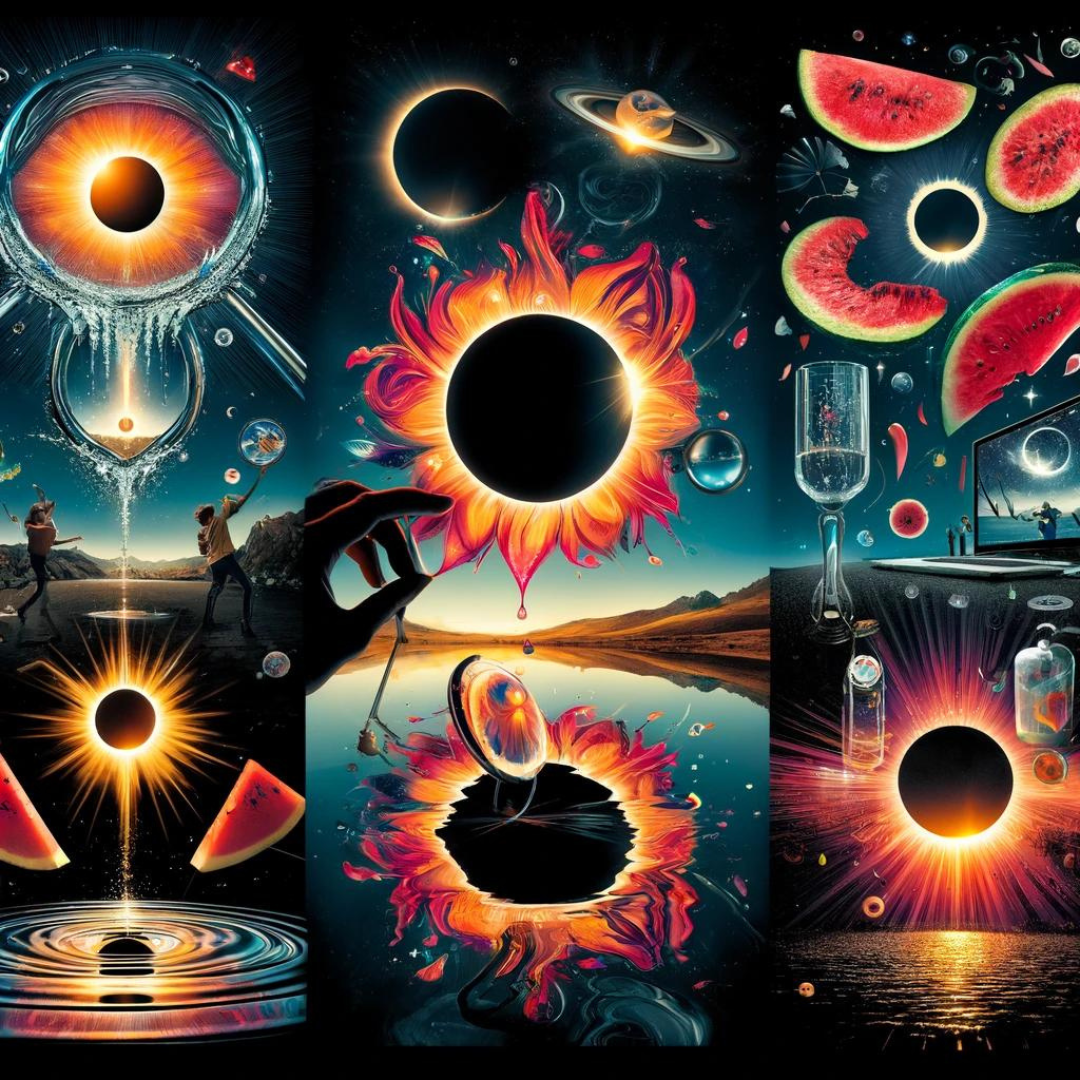
There are many ways to capture a celestial event, and one of the most compelling is using water, mirrors, and glass. Whether you’re photographing a solar or lunar eclipse, reflections can take your photos to the next level. Water, mirrors and glass can enhance an image by adding curiosity and intrigue, often creating captivating and unique results. In this article, we will look at different ways to capture an eclipse using these elements. We’ll also address the technical aspects of how to achieve stunning results using your camera.
Capture the Reflection of an Eclipse in Water
In order to capture a glimpse of the reflections, you will need natural water to create a stunning image. This could be a pond, stream or even the ocean. Natural water is the best medium for capturing an eclipse. Water provides a reflective surface which beautifully captures the light from the sun or moon during an eclipse. To capture the shot, position yourself and your camera on a dock, the shore or on the water’s surface. Make sure you adjust your settings to achieve the desired effect. Use long exposure to create a silky smooth feel to the reflections.
Use a Mirror to Add Interest
If you are looking for something a little more unexpected, mirrors can be used to capture more interesting reflections. Position a large mirror and angle it towards the moon or sun. Ensure that you aren’t blocking the natural light from your mirror. The result is a beautiful reflection of the celestial event in a unique setting. To achieve an interesting photo, go for an abstract, rather than straightforward, approach. You can achieve this by angling the mirror in different directions.
Create Stunning Results with Glass
Glass is also a great way to capture a reflection of an eclipse. You can use a window pane, or even a glass like object such as a crystal ball. The challenging part of capturing a reflection in glass is maintaining focus on the subject while correctly exposing for the reflection. The reflection is usually brighter than the subject, so it is important to use a lower iso, small aperture and fast shutter speed. You can also add a polarizer filter to your lens to reduce the reflections and prevent unwanted light from the windows coming in. The result can be a stunning photograph that introduces new perspectives to the celestial event.
Things to Keep in Mind
It’s important to keep in mind that there are a few things that can affect the quality of your photos. Time, location and weather can all play a part in the outcome of your photos. Make sure you are in a good location and take the time to set up and get the perfect shot. Additionally, the time of day is important as the light during an eclipse can dramatically change the look of your photos.
An eclipse is a rare event and the photos that document it should be equally as unique. By utilizing water, mirrors and glass you are able to add depth and curiosity to your photographs making them all the more special. Remember to take the time to properly set up and make sure you make the most of the natural light and reflections from the sun or moon. With a little patience and creativity, you can capture breathtaking photos of an eclipse.
